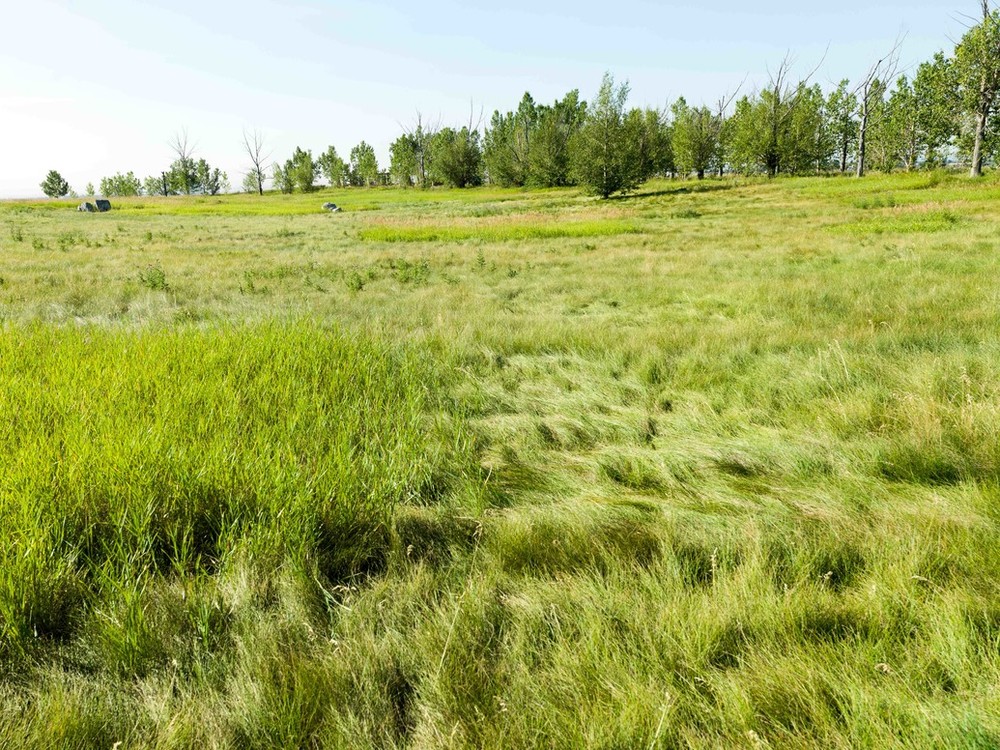What to do in high winds or a windstorm
How to prepare for high winds or a windstorm
- Learn the indicators of high winds:
- thunderstorms
- intense low pressure centres
- cold fronts
- Chinook arches.
- Secure all loose items on your property and balcony that might be blown around to prevent flying objects from injuring people and damaging property.
- Trim branches and cut down dead trees to reduce the danger of them falling during a storm.
- Clean gutters, drains and downpipes and make sure your roof is in good repair.
- Put your car in the garage, shelter pets and livestock, and continue to monitor weather conditions.
Staying safe in a windstorm
- Seek shelter inside a safe, enclosed building. Walking and balancing against high winds is a risk to personal safety.
- Stay indoors and shelter-in-place. Find a space away from windows or glass doors and stay clear of fireplaces.
- If the wind causes a power outage, turn off all appliances and do not use generators indoors. Learn more about what to do during a power outages.
- Stay away from downed power lines and cables. Learn more about what to do if you see a downed power line.
- Avoid driving. If you are in a vehicle during a windstorm, park away from trees or power lines and avoid the base of steep or unstable slopes and low areas prone to flooding. Stay inside the car.
After a windstorm
- Inspect any damage that may have occurred to your property and contact your insuance provider if necessary.
- Pick up debris scattered by the wind.
- Never touch downed power lines or electrical installations. Learn more about what to do if you see a downed power line.
Best Available Refuge Area
Some buildings may have designated shelter areas, often called a Best Available Refuge Area (BARA). They are safer shelter areas in buildings if there is a tornado or a high wind situation.


